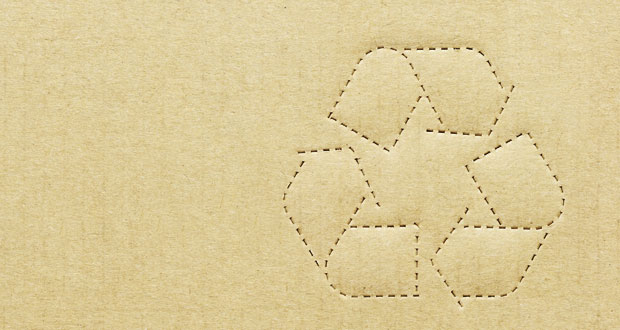Twelve professionals from various fields are helping to lead a project with the potential to generate a clean, cost-effective solution to hospital waste.
By Linda Shields
Hospitals generate huge amounts of waste. Overall Australian figures are hard to collate, but it’s known that Queensland hospitals alone send more than 2500 tonnes of waste to rubbish dumps each year.
In Australia, some waste is incinerated, and this creates toxic by-products that are released into the atmosphere. Most commonly, the waste is gathered up by the hospitals and contractors carry it to the local waste management facility, where it is steam treated and dumped in landfill. The environmental impact is enormous.
A nurse-led team is trying to develop a new process to decrease this impact.
About four years ago, in one of those serendipitous opportunities that happen sometimes, I met a group of scientists and engineers who could help develop a way to convert hospital waste materials into by-products that are safe, take up small amounts of room and can be used to make other useful products.
A perioperative nurse, Allana Bryan, nurse manager of the operating theatres at The Townsville Hospital, has also joined the team. She and her staff are as concerned as I am about the huge impact hospitals have on the environment. Bryan is keen for this new method to be trialled in her facility, and is working with the waste engineers from the hospital to provide both background information about the current treatment of hospital waste, as well as materials that can be tested.
Our engineers, associate professor Mohan Jacob from James Cook University, and Dr Graham Brodie from University of Melbourne, have a process called microwave pyrolysis. This has been around for a long time, but until now, few have thought of adapting it for use with hospital waste. Basically, it is microwave technology that can convert waste of all kinds into a fine black powder – a biochar. There is also a small amount of oil produced, which may be useful as a biofuel source. We plan to capture these and convert them into products that can be sold. Hence, expensive waste can be converted into valuable new products, something that will make all health departments happy!
Brodie has already shown that this sort of biochar makes excellent agricultural fertiliser. Other members of the team – associate professor Rowan Truss, a materials scientist from the University of Queensland, and professor Tim Wess who is dean of the faculty of science at CSU – will work to develop ways to convert the end products into value-added items that can be sold. Another aspect of the process is that it is energy efficient and uses little power, making it far cheaper than the steam sterilisation that occurs at present.
To make this work, however, we have to prove that the by-products are safe, and this is where the other team members come in. Associate professor Michael Oelgemöller, a chemist with an interest in green processes, and Beverley Glass, professor of pharmacy from JCU, in conjunction with professor Paul Prenzler at CSU, will examine the by-products to determine how substances like heavy metals and cytotoxic drugs are degraded in the process. Meanwhile, JCU associate professor Jeff Warner, a microbiologist, will test them to make sure bacteria, viruses and prions are killed and denatured. We also have: professor Damon Eisen, director of research at Townsville Hospital and Health Service; a surgeon, University of Queensland professor Roy Kimble; and UQ statistician professor Abdullah Mamun.
This technology will be relevant not just for hospitals in wealthy countries such as Australia. Hospitals in poor countries often have no real system of disposal and dump untreated waste in fields. Microwave pyrolysis can be done with a portable unit that can turn a garbage bag of waste into a small amount of biochar in minutes, on site. The biochar can then be used as fertiliser. Portable units could be taken to disaster areas to quickly, cleanly and efficiently deal with waste from, for example, contaminated protective clothing used in Ebola outbreaks. There are a multitude of applications.
Of course, like all research projects, its progress will depend on future funding. Our proof-of-concept experiments on the microwave pyrolysis process have shown that it can deal well with the waste. We need to run a series of experiments to test it further and to scale up the process. Once all that is done, we can apply for approval from government bodies that accredit such processes for health and the environment. We are looking for funding from a range of bodies, including Level 1 grant funders such as the Australian Research Council, as well as government bodies covering health and environmental impact, and industry.
The exciting thing is that this project came about by nurses observing, thinking, talking with one another, then finding the right people for a team of experts. It’s a good example of nurses on the front line seeing the problems that need studying and doing the research to address them. We will keep readers up to date as the project develops over the next few years.
Linda Shields is a professor of nursing in the School of Nursing, Midwifery and Indigenous Health at Charles Sturt University, and honorary professor in the School of Medicine at the University of Queensland.
Do you have an idea for a story?Email [email protected]
 Aged Care Insite Australia's number one aged care news source
Aged Care Insite Australia's number one aged care news source


This is amazing and sounds great. Good luck with the research and look forward to hearing about the outcomes. Hopefully all good.